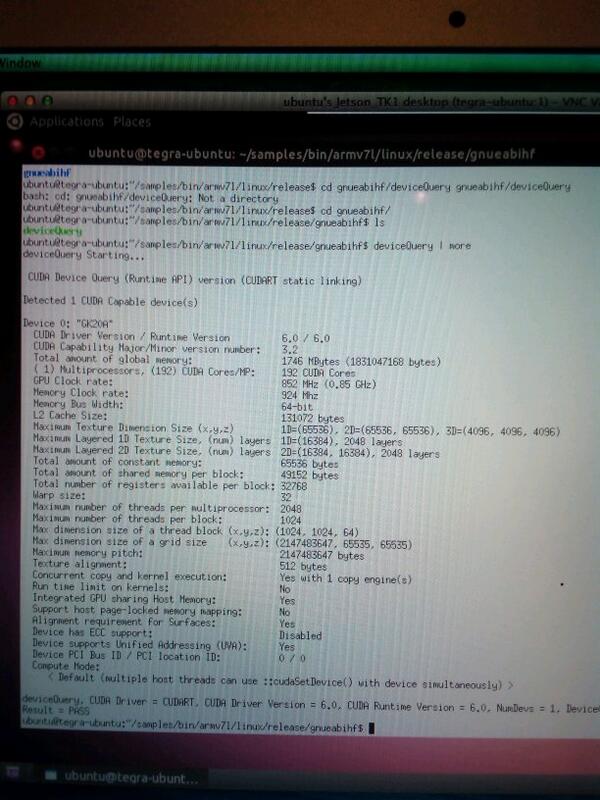Since you know that their track record isn't exactly admirable, why are you asking in the first place?
Haha ok but at least they're better than Charlie/Fudzilla/SA
Even if they do go to TSMC for 20SoC, I think they will have to dual source. I did a rudimentary analysis on number of wafers required by Apple based on their shipments and I do not think TSMC has the wafer capacity for Apple to single source. I haven't posted the figures as we're sort of OT here but if anyone is interested I can post the figures in an appropriate thread/new thread.Well they are for 20SoC as it seems and while I've no idea if they'll also use Samsung to dual source rumors so far say no but you can't trust them either. Who said they'd manufacturing on 28nm/TSMC?
There have been rumours of Apple and TSMC since 2011. Just google "Apple TSMC 28nm" and you'll find lots of news/"articles".
Yes..I do not think they can ever be a single source. Regarding future manufacturing, TSMC would have to increase their capex by a substantial amount if they want to have sufficient manufacturing capacity for Apple. I do not see them doing this, nor do I see them risking alienating all their other customers. Besides, with Samsung and GF having excess capacity and even rumours of an Intel manufacturing deal, I'm sure Apple can get better availability and pricing elsewhere.And I don't think that Apple intends to use TSMC ever as single source; in fact I rather think that 20SoC for A8 is just a singled out case. But I can however believe that TSMC would still want a piece of their future manufacturing case and hence my question where the good news exactly are. If it turns out to be true it's only good news for TSMC and Apple.
It depends on which direction they plan to go with Denver. If they want to aim for even higher performance than the current Denver core in K1, it may not be suitable for phones and most tablets. In that case it would make a lot more sense to have an A57 variant to cater to the mass market and a separate Denver variant to cater to servers/HPC/etc. However, if they stick with a similar design to the current core then I agree with you.No idea but I consider it absurd to have both A57 cores and Denver SoCs. For K1 they probably created a second variant with Denver to jump asap on the 64bit train.
Yep..would be a logical step up from Tegra K1 though I do not see clocks going up substantially if it is still on 20nm. The other major improvement should be 4k H.265 decode (a certain Maxwell chip will get this).2 SMMs sounds reasonable.
According to NVIDIA's CEO, Erista is "right around the corner". I take that to mean that first silicon for Erista will be back from the fab. within ~ 3 months (with mass production starting ~ 9 months after that).
As for choice of CPU cores, I would think that NVIDIA needs to stick with it's guns and use fully custom Denver cores moving forward, rather than a mix and match approach. It would be strange to spend the last 5-7 years working on a fully custom Denver CPU, use it in Logan v2, and then abandon it in Erista v1. Each new generation of Tegra should always be more advanced and more sophisticated than the prior generation in all areas.
That sounds reasonable and fits the 20nm TSMC schedule as well. Lets see.
Regarding CPU cores, please see my reply to Ailuros above.
I agree it doesn't make sense, but a less absurd option is to have A53 cores (and only them).
A 3rd party SoC vendor would license the nvidia GPU tech and build the lower end SoC, not nvidia.
Cortex A12 is another option (32 bit)
I dont see a 3rd part SoC vendor going for NV GPU tech for a low end A53 part. ARM would likely be able to offer much better pricing with a Mali GPU. However I would not be surprised to see Nvidia using A53 cores in the successor to Tegra 4i, that is the market it makes the most sense. IMHO I do not see A12/A17 really doing that well in the market compared to A53. A12/A17 seem a bit late and there will be a marketing problem compared to A53 as well.

